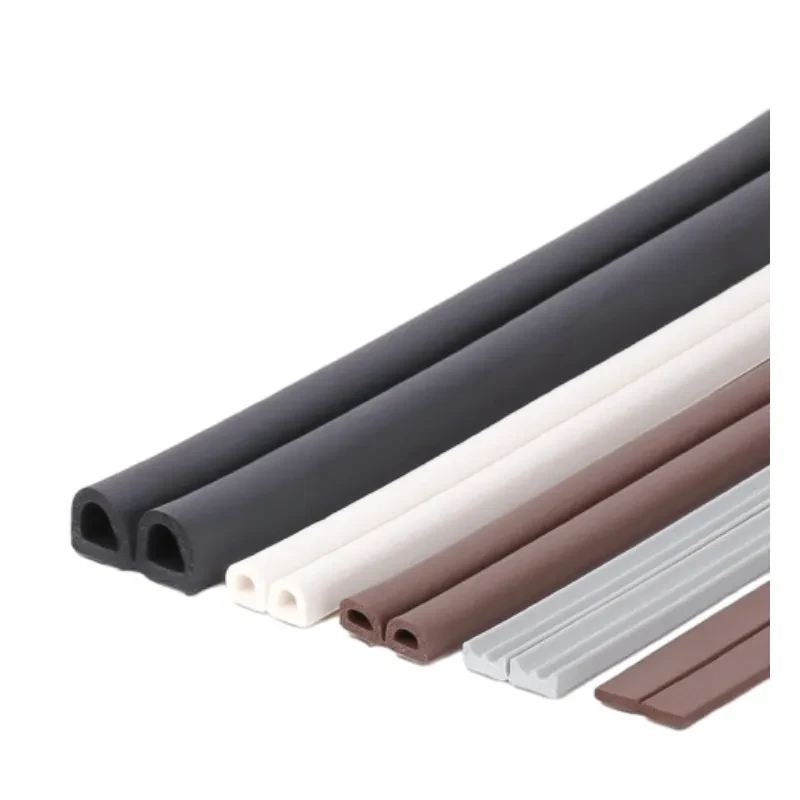Effective Solutions for Outside Door Bottom Sweeps to Enhance Energy Efficiency
The Essential Guide to Outside Door Bottom Sweeps Purpose, Types, and Installation
When it comes to home improvement and energy efficiency, one often-overlooked component is the outside door bottom sweep. While it may seem like a small detail, the right door bottom sweep can have a significant impact on your home's comfort and energy consumption. In this article, we will explore the purpose of door bottom sweeps, the various types available, and how to properly install one to enhance your home's efficiency.
What is a Door Bottom Sweep?
A door bottom sweep is a strip of material attached to the bottom of an exterior door. Its primary purpose is to seal the gap between the door and the threshold, preventing drafts, moisture, and pests from entering your home. By providing a tight seal, door sweeps help to maintain indoor temperatures, reduce energy bills, and improve overall comfort.
Benefits of Using a Door Bottom Sweep
1. Energy Efficiency A properly installed door bottom sweep can significantly reduce heat loss during winter months and keep your home cooler in summer. This leads to lower heating and cooling costs, making your home more energy-efficient.
2. Moisture Control Outside door bottom sweeps prevent rainwater and snow from seeping under the door. This helps protect your flooring and keeps your indoor space dry, reducing the risk of mold and mildew.
3. Pest Prevention Door sweeps form a barrier that helps keep unwanted critters like insects and rodents from entering your home. This is essential for maintaining a clean and healthy living environment.
4. Noise Reduction A well-fitted door bottom sweep can also help minimize noise from outside, providing a more peaceful indoor atmosphere.
Types of Door Bottom Sweeps
There are several types of door bottom sweeps to consider, depending on your needs
1. Rubber Sweeps Made from durable rubber, these sweeps are flexible and can conform to uneven surfaces. They are excellent for outdoor doors exposed to varying weather conditions.
outside door bottom sweep

2. Aluminum Sweeps Aluminum sweeps offer a more rigid option that can withstand high traffic. They often come with a rubber seal and are ideal for commercial settings or heavily used entrances.
3. Vinyl Sweeps Vinyl sweeps can provide a solid seal and are often used for residential applications. They are moisture-resistant and can be a cost-effective choice.
4. Brush Sweeps Featuring bristles, brush sweeps are effective in keeping out dust and small debris while still allowing for some air circulation. They are particularly useful in milder climates.
Installation of a Door Bottom Sweep
Installing a door bottom sweep is a straightforward process and can often be accomplished with minimal tools. Here’s a step-by-step guide
1. Measure the Door Width Use a tape measure to determine the width of your door. This will ensure that you purchase the correct size sweep.
2. Choose the Right Sweep Based on your previous measurements, select the type of door bottom sweep that best suits your needs.
3. Cut to Size If necessary, cut the bottom sweep to fit your door. Most sweeps can be easily trimmed with a hacksaw or utility knife.
4. Attach the Sweep Position the sweep against the bottom of the door, making sure it aligns properly. Most sweeps come with adhesive backing or can be secured with screws. Follow the manufacturer’s instructions for the best results.
5. Test the Fit Close the door to check for any gaps. Adjust if necessary to ensure a snug fit.
Conclusion
Outside door bottom sweeps may be small, but their impact on your home’s energy efficiency, comfort, and indoor air quality is substantial. By understanding their purpose, exploring the types available, and knowing how to install one, you can take a simple step towards enhancing your home's performance and welcoming comfort for years to come. Don't underestimate the power of this humble door accessory—your home will thank you for it!
-
Under Door Draught Stopper: Essential ProtectionNewsJul.31,2025
-
Garage Door Seal and Weatherstrips for ProtectionNewsJul.31,2025
-
Edge Banding Tape for Perfect EdgesNewsJul.31,2025
-
Table Corner Guards and Wall Corner ProtectorsNewsJul.31,2025
-
Stair Nose Edging Trim and Tile Stair SolutionsNewsJul.31,2025
-
Truck Bed Rubber Mats for Pickup BedsNewsJul.31,2025
-
Window Weather Stripping for Noise ReductionNewsJul.29,2025